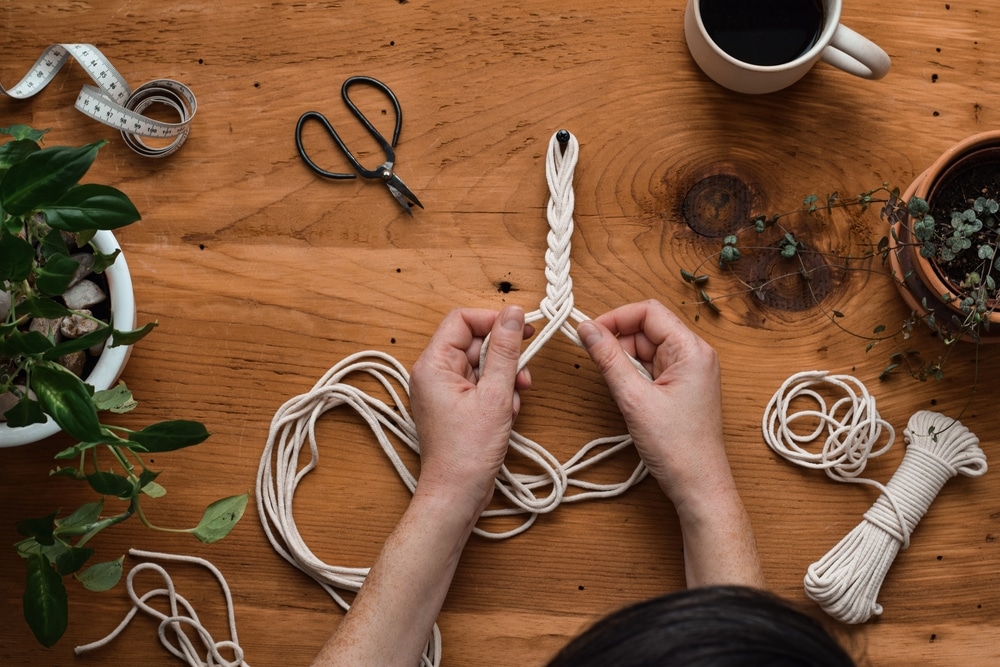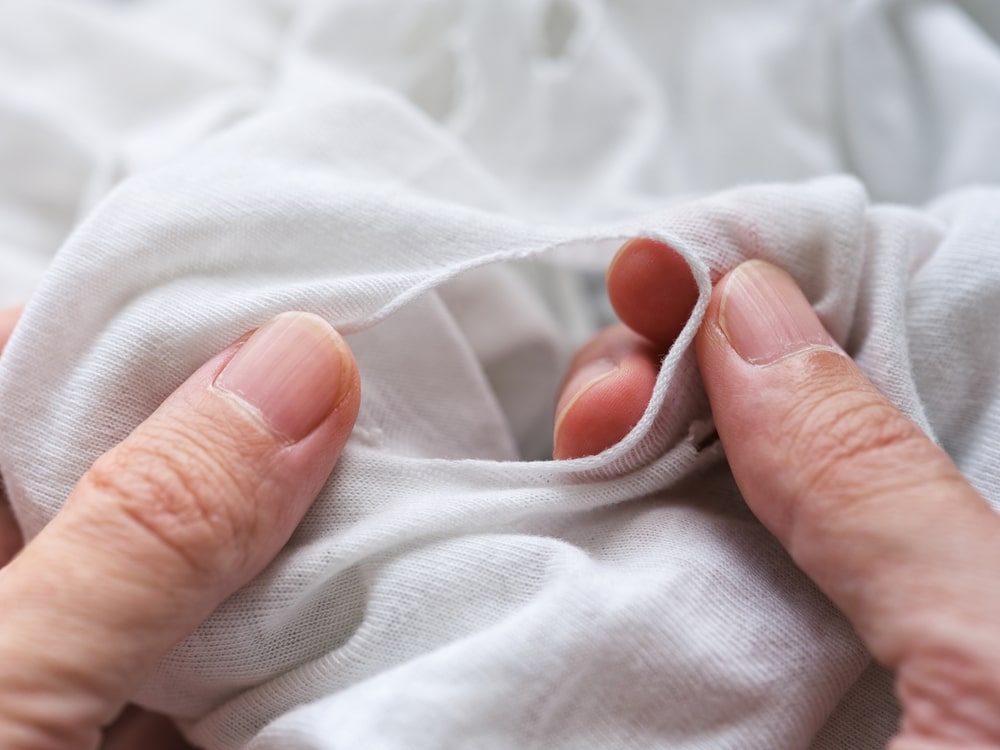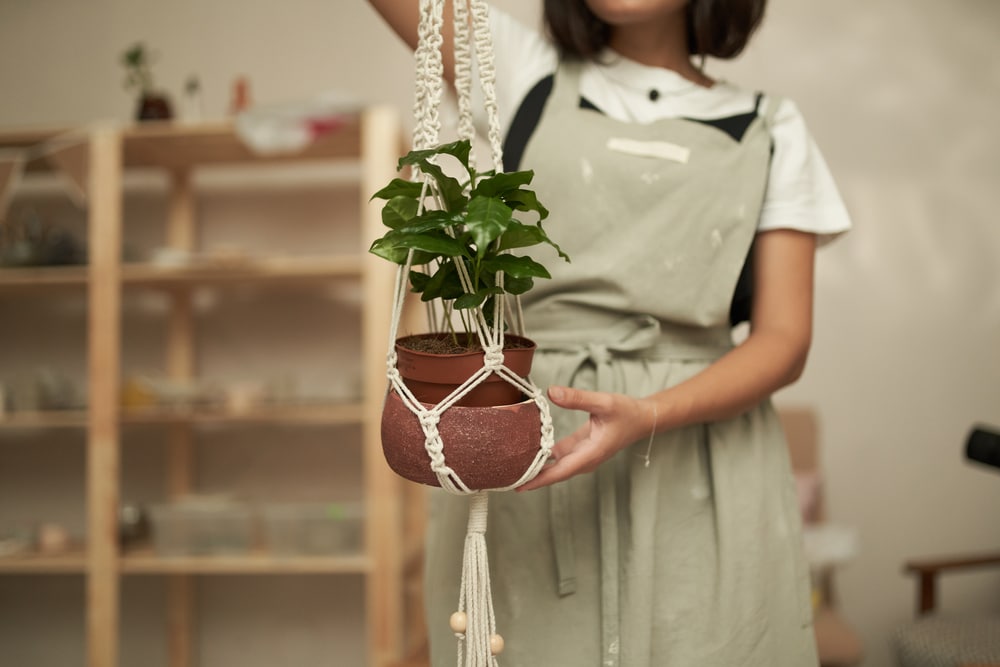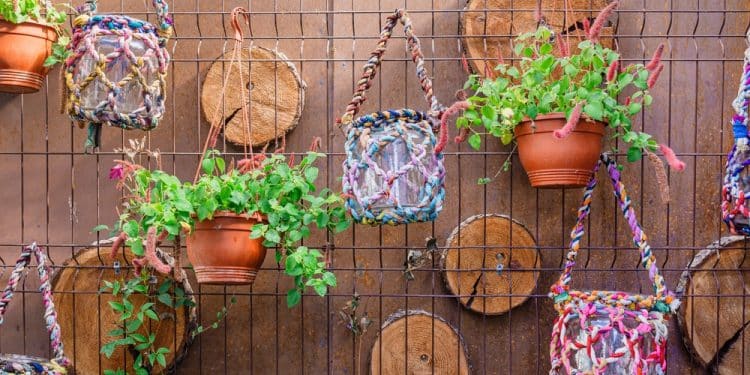Transforming fabric that has seen better days into something fresh and fun is one of the most satisfying things you can do at home. And when the project is quick, creative, and actually useful, it becomes even better. In this guide, you’ll learn how to repurpose forgotten shirts into charming plant accessories while exploring why the idea of an upcycled plant hanger has become so popular. With a bit of cutting, knotting, and creativity, you’ll discover how easy it is to breathe new life into everyday cotton.
Why Old T-Shirts Make Great Craft Material
Before diving into techniques, it helps to understand why T-shirts are such perfect crafting candidates. Cotton fabric is flexible, dependable, and easy to manipulate. It can stretch without losing its core strength, which is ideal when you need a material that can bear the weight of a small pot. Since almost every household has at least a few old shirts lying around, using them means zero extra cost and zero waste.
There’s also something nostalgic about repurposing what you already own. Turning a shirt with memories into something that lives in your home as décor makes the object feel meaningful again. And for people who love sustainability, crafting with recycled fabric is a gentle reminder that creativity often begins with what you already have.

Tools You Need Before You Start
You don’t need fancy equipment to get started. In fact, most items are already in your drawers:
- Sharp fabric scissors
- A ruler or tape measure
- A stable hook or rod for knotting
- A small pot with a plant
- And, of course, your chosen shirt
Whether it’s a shirt with a print you no longer like or an undershirt that has lost its shape, almost anything made of cotton or jersey will work.
Preparing the Fabric for Crafting
Before you get to knotting, the fabric has to be prepared properly. Lay the shirt flat on a table and smooth out any bumps. Cutting consistent strips is important if you want your finished hanger to look intentional rather than accidental.
Most people find that trimming off the bottom hem and then slicing the shirt upward into loops gives you cleaner, more even fabric pieces. Stretching each strip gently will cause the edges to curl inward, forming cord-like strands that are perfect for crafting.
Creating the Base Structure
Whether you’re making a basic macramé-inspired design or a simpler holder, the foundation is everything. Group several fabric strips together, fold them at the midpoint, and tie a knot right at the fold. This becomes the loop that will hang from your hook.
Once secured, divide the strands into equal sections. You’ll knot them in pairs, creating a net-like effect that securely supports the plant pot. This basket-style structure is classic, easy for beginners, and provides reliable stability for your greenery.

Adding Style With Knots and Patterns
This is the moment where creativity truly takes over. Simple square knots create a clean look, but you can also experiment with spiral knots if you want movement and texture. Adding more knots makes the fabric denser, while spacing them apart creates an airy and open design.
If you’ve cut strips of two different shirts, mixing the colors can make your hanger more vibrant. This is especially fun if you have shirts in complementary tones. You can even weave in small beads or charms for an added decorative effect.
How to Ensure Your Plant Hanger Holds Weight
One of the most important parts of designing a sturdy hanger is making sure the strips are symmetrical and tightly knotted. Even tension keeps everything balanced. When tying knots, pull firmly and check that all strands feel equally secure.
Testing the weight before placing your final plant pot is a smart idea. Start with something light, hang it up, and let it sit for a moment. If nothing slips or sags, you’re ready to place your actual plant.

Creative Ideas for Your upcycled plant hanger
Now it’s time to explore variations of the upcycled plant hanger concept. Since the technique is adaptable, you can design a version that fits your aesthetic. For example, you can make a minimalist upcycled plant hanger using muted-toned shirts, or go bright and bold with patterned fabric. Some people even craft a multicolored upcycled plant hanger (O5) using strips from several different shirts.
You can add tassels to the bottom if you’d like a playful finish, or keep the ends clean and trim for a sleek look. And if you’re making one for a friend, consider using a shirt from a shared memory — suddenly, the upcycled plant hanger becomes a sentimental keepsake instead of just décor.
Hanging several in a row can create a plant wall effect, turning your space into a lightweight indoor garden. A single upcycled plant hanger can elevate a lonely corner, while a cluster of three or four works beautifully in front of a window. The versatility of the upcycled plant hanger is one of the reasons this craft has caught on so widely.
Some crafters even create seasonal versions: a fall-colored upcycled plant hanger, a pastel spring design, or a holiday-themed version using old festive shirts. No matter the theme, an upcycled plant hanger can easily be adapted to your home’s personality.
When gifting, a handmade upcycled plant hanger feels thoughtful and personal. It’s unique, sustainable, and functional — the trifecta of great handmade gifts. And because the upcycled plant hanger uses materials that already exist, it stays true to the eco-friendly mission most crafters care deeply about.
If you’re selling crafts, a well-made upcycled plant hanger can also be an appealing addition to your shop. Buyers appreciate the story behind reused materials, and the rustic charm of the upcycled plant hanger tends to resonate with plant enthusiasts and design lovers alike.
Finally, using an upcycled plant hanger is a simple way to bring greenery to small spaces. Apartments, dorm rooms, and tiny homes all benefit from vertical plant displays that don’t take up floor or shelf space.
Final Tips for Success
The real magic of this craft lies in experimentation. Try layering strips in different thicknesses, combining knot styles, or adjusting the length to fit larger plants. And remember that imperfections often add character. A slightly uneven knot or a quirky fabric pattern can make your creation feel authentically handmade.
Also, don’t be afraid to try a few test versions before making your final hanger. Each shirt behaves a little differently depending on its fabric blend and stretchiness, so giving yourself time to play around will make the end result stronger and prettier.
Turning old shirts into decorative holders is more than a fun craft; it’s a small but meaningful way to rethink waste, personalize your space, and reconnect with simple creativity. A project like this encourages you to see value in materials you once considered throwaways. Whether you’re crafting for yourself, gifting to a friend, or simply looking for a relaxing weekend activity, transforming fabric into something useful is incredibly rewarding. With nothing more than scissors, a shirt, and a bit of enthusiasm, you can turn an ordinary object into something both functional and beautiful — a reminder that creativity often begins with what we already have.
Are you not done yet? Do you want to learn other ways to improve your DIY skills? Then visit our DIY Projects category page.



